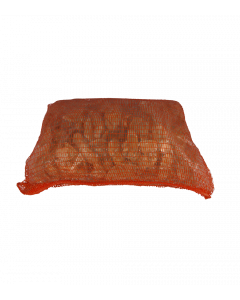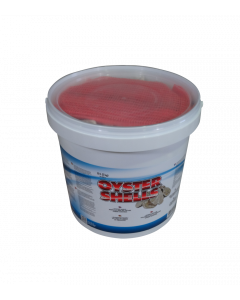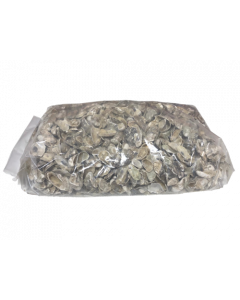Oyster Shells
Keeps KH and pH under control
Oyster shells have an exceptionally stabilising effect on the KH value and consequently indirectly on the pH value. The KH value provides an indication of the water’s carbonate hardness. Air-Aqua supplies high-quality, clean and disinfected oyster shells.
Many people believe that if their tap water is somewhat harder they won’t have any problems with KH and pH values. The KH to some extent acts as a buffer to the water’s degree of acidity (pH). Fish, plants and the biological filter ‘consume’ water hardness (KH). If, for example, too little water is then changed during the winter period, the KH can quickly become too low. The KH value also drops quickly when there is too much rain. This affects the fish, because this can cause the pH value to drop steeply (referred to as the pH crash).
A pond’s KH value generally is not measured regularly enough. Only when there are problems, and therefore too late, are there any interventions by adding remedies, such as KH+ powder. However, KH+ powder has a number of drawbacks:
- a lot of powder quickly disappears via the bottom drain/filter system
- short-term boost effect; major fluctuations in water values
- the need for continuous measurements and adding powder
Oyster shells safeguard full KH and pH stabilisation over the longer term. The oyster shells only dissolve slowly once the KH drops and this way buffer the pH. Entirely independently of the quantity of rain, water changes or the seasons, the oyster shells automatically keep your KH up to par and the pH stable. Only once the oyster shells are virtually completely dissolved do you need to replenish them with new oyster shells. A rough indication of the quantity required is 1 bag of oyster shells for every 10 m3 of water per year; the exact quantity is of course highly dependent on factors such as the ones described above.
Air-Aqua’s oyster shells are supplied in a net so that they can be easily rinsed. The oyster shells have been washed with chlorine and are subsequently dried: this guarantees that they do not contain any harmful bacteria, moulds or pathogens. The shells are also highly suited for use as a biological filter medium in a trickle or multi-chamber system.




